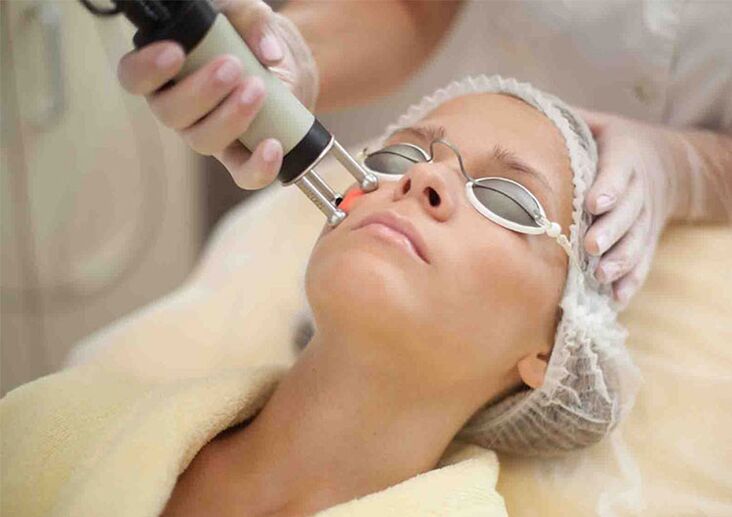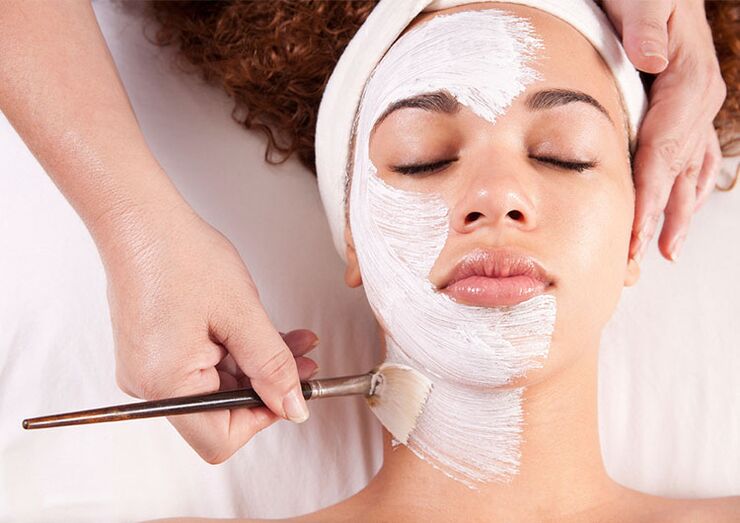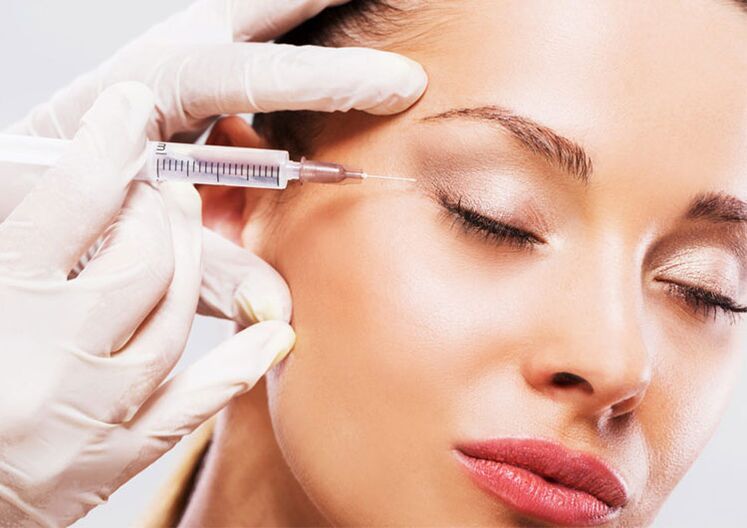Which laser is most effective in treating wrinkles around the eyes and why is plasma therapy good? We explain why bioreparant peptide and chemical peels are effective in combating skin wrinkles in the periorbital area.
laser therapy

The procedure is suitable for patients of all ages. Laser therapy has a powerful stimulating effect at the cellular level, which leads to a reduction in macro- and micro-relief. The result is a visual reduction in the depth of wrinkles. The number of procedures is determined by the cosmetologist depending on the severity of the problem. The course of treatment is from 1 to 3 sessions (with a frequency of 1 time per month).
Two lasers are most often used to correct wrinkles in the periorbital region: erbium and CO2. The laser beam acts on the skin, causing active cell regeneration. In general, laser therapy aims to improve skin quality and fight wrinkles. Before laser rejuvenation, your doctor may recommend preparatory procedures: for example, plasma therapy or biorevitalization with hyaluronic acid-based preparations.
During the procedure, the doctor should apply anesthesia to the skin. After laser therapy, you should not go to the bath and sauna for about two weeks, apply cleansers and treatments with alcohol and retinol in the composition, be sure to use products with SPF (the higher the better).
Contraindications to laser rejuvenation are the same as for other physiotherapeutic procedures: exacerbation of chronic skin diseases, acute somatic conditions, pregnancy, oncological diseases.
Chemical peeling

For the correction of wrinkles in the periorbital region, we recommend TCA chemical peeling using a 20% (or more) solution of trichloroacetic acid. This is an average peeling that can be done 1-2 times at any time of the year.
The procedure takes about 30 minutes. In this process, the doctor applies a solution of trichloroacetic acid in layers (the number of layers depends on the thickness of the skin).
Immediately after peeling, hyperemia (increase of blood) is expressed on the skin, after 1-2 days the site of the stroke takes on a bronze hue and after 3-4 days peeling appears on the microplate. It is very important to follow all the doctor's recommendations after the procedure. The specialist should give the patient a protocol of the rehabilitation period.
The result of TCA peeling is the correction of small wrinkles around the eyes. Such an exfoliation is also good for reducing wrinkles on the forehead, cheeks, around the lips and for improving the condition of the skin in general: it becomes smooth and even. Important: after peeling, do not wash the affected areas with water for a day, use regenerating lotions and thermal water. During rehabilitation, be sure to use products with SPF (from 30 and up).
The procedure has contraindications: herpes, inflammatory processes, deep pigmentation, allergies, pregnancy, lactation, malignant tumors.
Plasma therapy

The plasma gel is produced by heating the patient's plasma in a special centrifuge and injecting it. The procedure is good for replenishing volumes and correcting wrinkles on the skin.
Plasma is injected using an atraumatic cannula, which completely eliminates the risk of hematomas. The advantage of plasma therapy is a quick rehabilitation compared to other procedures. You may have redness, which will disappear after a few hours.
With Plasmogel therapy, the effect is increasing, so we advise you to do it in one course - 3 procedures once a month and after six months - another session. The result will be noticeable: firm, supple skin and significantly reduced wrinkles around the eyes.
filling

Another common injection procedure is to correct wrinkles in the area around the eyes. Fillers are preparations based on hyaluronic acid, which help to supplement the lack of subcutaneous adipose tissue. If you need to solve the problem of wrinkles in the periorbital area with the help of fillers, the specialist will use contouring preparations. During the procedure, anesthesia in most cases is not required, as the preparations already contain a local anesthetic. If there is no anesthetic in the composition of the medicine, the cosmetologist performs application anesthesia.
You need to repeat the procedure according to the doctor's testimony - the frequency depends on the degree of biodegradation of the filler itself. When working with a fixed area, it is likely that the next visit to the doctor will wait for you only after 2-3 years.
If shortly before the procedure you have an inflammatory process or a viral disease, it is better to delay the introduction of fillers. Also, be sure to discuss with your doctor the risk of an allergic reaction to the ingredients of the medicine.
Peptide bioreparent injections
This is an injectable medicine used to correct the eyelid area and the area around the eyes. The base of the drug is a DRMC complex of hyaluronic acid and trace elements that hydrate and tighten the skin.
For a noticeable result, we recommend doing a course of 3 procedures with an interval of 14 days. Then the effect can be maintained every six months. A procedure lasts no more than 20 minutes, taking into account the preliminary treatment of the area around the eyes with an anesthetic and antiseptic.














